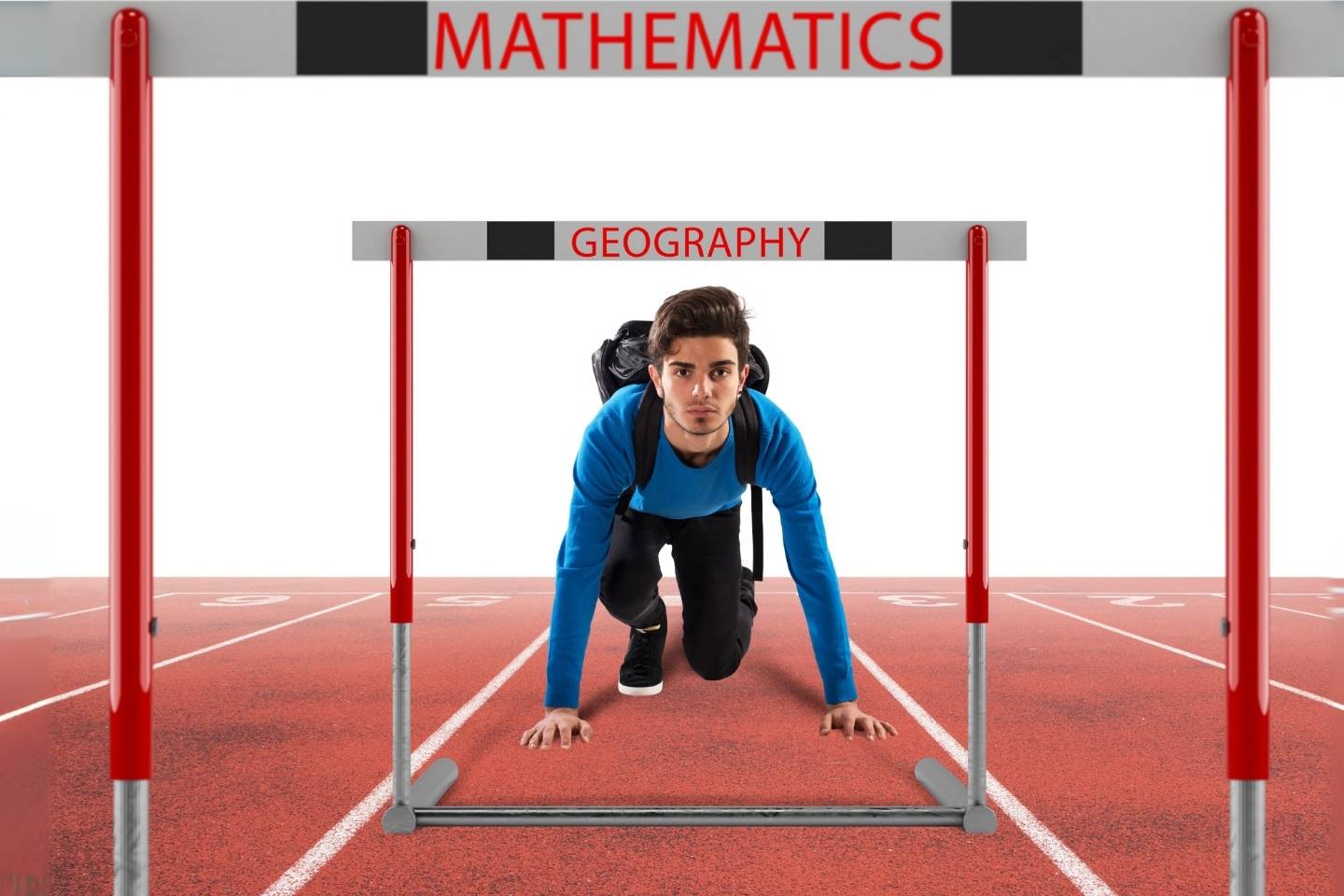
Top teen mathematicians raise the sports bar in IM2C
Media release 2 days ago 5 minute readEight Australian teenagers have been recognised internationally for mathematical skills that might impress any high-stakes sports administrator.
The students – in teams from Canberra College and James Ruse Agricultural High School in New South Wales – have received an Honourable Mention in the prestigious International Mathematical Modeling Challenge (IM2C) after becoming Australia’s national champions earlier this month.
They are recognised in this category alongside students from countries including Singapore, China, the United Arab Emirates, Germany and Norway, with the overall winner expected to be announced in July.
Coordinated by the Australian Council for Educational Research (ACER) in Australia, the IM2C calls on students to demonstrate skills in research, mathematics and creative thinking to develop a mathematical model that could address a real-world problem.
The IM2C, which is facilitated in Australia by the Australian Council for Educational Research, asked students to design a match schedule for an international sports league.
Like any great sports tale, the IM2C is something team members might train for all year, but achievement is judged on their performance over just 5 tournament days.
Students had to develop an optimal model choosing their own criteria, variables and mathematical approaches. Requirements of the model included the ability to incorporate additional teams and be generalised to other team sports.
IM2C Australia Director Dr Kristy Osborne says this year’s entries considered factors such as different kinds of tournaments, country participation, time zones, jet lag, carbon emissions, minimising costs and maximising broadcast revenue.
‘There’s a remarkable amount of factors that students need to consider – both mathematically and in their reporting – to solve the Challenge problem and justify their solution,’ Dr Osborne says.
‘Students who take part get a deeper understanding of how different kinds of maths can be used to explain a situation or a way forward.
‘Those schools that take it on are giving their students the gift of knowing what it feels like to confront the complexities of a real-world problem and be invigorated by it, rather than intimidated.’
Nationally, the judges identified 13 finalists from the 77 Australian teams who participated from 21 schools. The top entry in the year 7 to 9 category came from Caulfield Grammar.
The Australian results:
Outstanding achievement
- NSW State Award. James Ruse Agricultural High School: Flora Li, Jiwon Kim, Austin Chang, Varun Krishna Rao.
- ACT Award. Canberra College: Brendan Johnson, Dominic Maher, Samuel Xholi, Noah Krumpholz.
Meritorious achievement
- James Ruse Agricultural High School: Aurelien Xu, Chesandu Hewapathiranage, Ian Chen, Qile (Peter) Shan.
- James Ruse Agricultural High School: Ian Park, Linus Guo, Linyue (Robinson) Lu, Srihaas Komminni.
Honourable Mention
- QLD State Award. Brisbane Boys’ College: Kyle Shen, Jonathan Su, Austin Chen,
Alistair Henderson - James Ruse Agricultural High School: Junyi Lu, Jihun Park, Stephen Zhu, Eden Zhu.
National finalists
- James Ruse Agricultural High School: Aum Desai, Evan Yang, Aiden Wen, Lenis Wu
- Northern Beaches Secondary College (Manly Campus): Alexander Burns, Ethan Poon, Jordan Elias Truong, Andre Tze-Ngai Kwok.
- Northern Beaches Secondary College (Manly Campus): Ryan Kai Xi Chen, Danila Ponomarev, Roger Tiun Rong Full, Maan Garg.
- A B Paterson College: Matilda Grant, Ramandeep Sethi, Tiantian Shen, Miki Qiao.
- Top entrant for junior secondary. Caulfield Grammar: Windsor Tao Ma, Lex Luo, Lucas Wang, Jayden Yang.
Media enquiries:
ACER Communications
+61 419 340 058
communications@acer.org
